Serving our country can be extremely stressful and certainly takes a toll on the body. Even though cannabinoids could be helpful to those who serve, it is a military no-no. Though the United States government strictly prohibits cannabis use by military personnel, the government has been researching cannabis for military applications for over one hundred years. After service, many veterans turn to cannabis for its therapeutic effects in favor of heavier pharmaceutical medications. Like star-crossed lovers, veterans and marijuana seem destined to find each other. Continue reading to learn a bit more about the government’s sorted history with cannabis, the effects the Vietnam War has had on cannabis culture, and why many veterans turn to cannabis after service. So, kick back in the cut, fire one up, and let’s learn about some history stuff.
Uncle Sam’s Curiosity with Weed
The government’s curiosity with weed may have started in the mid 1910’s when Frank Meyer, known as the plant hunter, introduced indicas to the United States for the first time after an expedition to Asia on behalf of the USDA and began comparative research of indica and sativa strains. By WWII, Harry J Anslinger’s propaganda campaign had swayed government attention away from possible medical applications and toward a strict no tolerance policy of the plant.
Against the grain, Roger Adams began isolating cannabinoids for possible military use as an in-battle sedative for wounded soldiers and a possible treatment for shell shock (early term for PTSD). Though they had no interest in the medical research Adams conducted, they needed him to win the war and allowed him to continue his research into cannabis. They would never use his cannabinoid research for official military applications.
In 1974, D. Gold synthesized THC acetate ester, also known as THC-O, when the country was still at war with Vietnam. The First War was extensively covered on television, and it painted the horrors of war in technicolor and led to research into non-lethal incapacitants. So, Uncle Sam set out to weaponize THC-O. Tests on its effectiveness were run during the dying days of the shameful Edgewood Arsenal experiments, which ran from 1948-1975. In those experiments, Uncle Sam tested low-level chemical warfare on human subjects. This program was the predecessor of the much more recognized project MKUltra.
Heroes Among Heroes
The Vietnam War was instrumental in cannabis culture and future medicinal research. 1/3 of our troops were drafted and not ready for a gruesome war and even those who volunteered weren’t ready for what they saw. Troops needed something to help them cope after battle and would find a new type of cannabis to them but one common to locals, we call it indica. They found it so effective they would smuggle seeds back and introduce indica flowers to the USA on a large scale when they returned stateside, but they were coming home with a shell shock, now coined PTSD or post-traumatic stress disorder. Shell shock had a new name and PTSD was officially recognized by the American Psychiatric Association in 1980. The US Department of Veterans Affairs estimates at least 7% of veterans will battle PTSD at some point after service with the number significantly increasing among combat vets.
What Happens When Johnny Comes Marching Home?
Being veteran owned, RiverBluff employs several veterans and sees the obstacles they deal with. Military veterans are accustomed to living a regimented life. When relieved of service, their bodies can be beaten up and their minds weary. The VA’s first line of treatment usually involves opiates and heavy psychotropic medications which can be invasive on the regimented lives they’ve grown to know. DJ Loeffelholz, a co-owner of RiverBluff and former member of the Army’s 101st Airborne Division, described his PTSD medical experience like this:
“When I finished up and got home, I looked for help treating my PTSD. They gave me pills and I didn’t like how they made me feel. I didn’t feel like me. After a bit, I asked my doctor if they were any other options and though he couldn’t prescribe it to me he recommended cannabis.”

Corey Anderson, general manager of RiverBluff, served 22 years in United States Coast Guard. He retired as part of the Deployable Specialized Forces as a Senior Chief Petty Officer and had this to say about his experience and his of cannabis:
“I didn’t really consume cannabis before I enlisted, maybe a couple of times, and certainly didn’t smoke while enlisted. After 22 years, my body and mind were worn out. My body ached and I struggled to sleep. I wasn’t happy with the course of treatment I as taking, so I looked elsewhere and found cannabis. I only smoke socially but consume edibles to sleep and use topicals for aches and pains.”
DJ’s story, and ones like Corey’s, echoed that of many other veterans and played a factor in the founding of this company, so we could make THC products and other cannabinoids more accessible for everyone regardless of ailment. RiverBluff is proud of our armed services, and we salute their efforts. We hope you enjoyed this article, and, and if you have story to share, please post it in the comments. We’d love to hear it!

